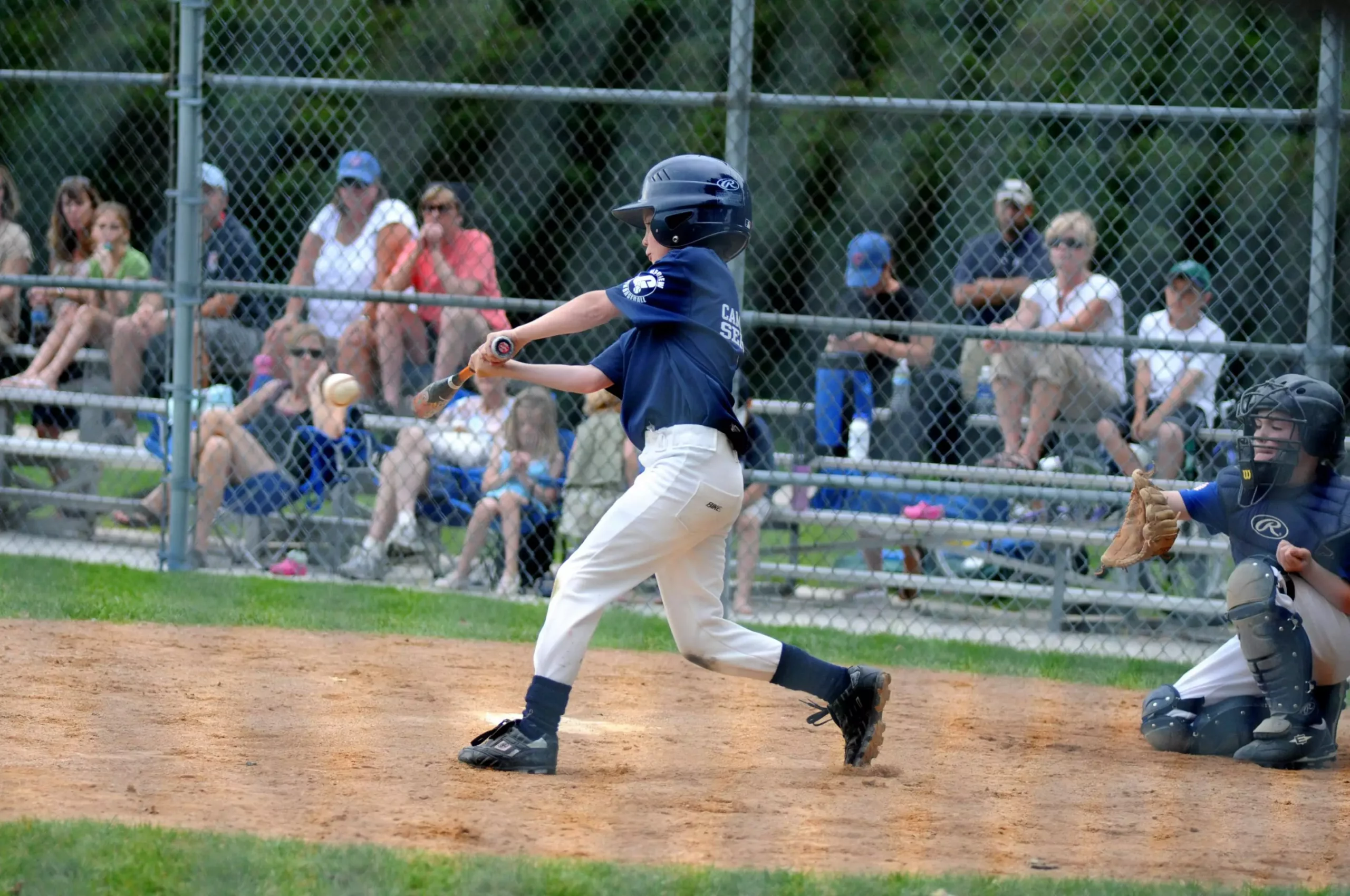In recent years, the chasm between metal and wood bats in youth baseball has become an ever-evolving narrative, one that touches on performance, safety, and youth engagement in the sport. With the advent of advanced technologies and equipment, the conversation has shifted from merely comparing the two types of bats to understanding the implications of each on players. A recent study conducted by researchers from Washington State University (WSU) has brought a fresh perspective to this debate, providing data that continues to shape the future of youth baseball.
The key findings of this study indicated that the performance of USA Baseball metal bats closely simulates that of wood bats at the optimal contact point, known as the “sweet spot.” However, the real differentiation arises when players make contact off-center; in these instances, metal bats are less punishing than their wooden counterparts. For young and developing players—who are still mastering their swing—this ‘forgiving’ nature is paramount. As Lloyd Smith, director of WSU’s Sport Science Laboratory, emphasized, “There’s more of a penalty when you’re not on the sweet spot with wood bats than with the other metal bats.” This lends credence to the argument that metal bats can foster a more encouraging environment for young players, allowing them to experience success even when they aren’t hitting perfectly.
Furthermore, WSU researchers assessed the exit speeds of baseballs hit with both wood and metal bats. They discovered that even in cases where the contact was not optimal, metal bats yielded higher exit speeds—up to 5% faster on average when compared to wood. This consistent performance advantage may play a crucial role in maintaining the enthusiasm of young players, many of whom are still organizing coordinated swings and developing their technique.
Metal bats have been a part of youth baseball since the 1970s, originally praised for their durability and lower cost compared to wood bats, which can splinter and break. However, the advantages offered by metal bats led to growing concerns among league officials about on-field safety and the integrity of the game. The hollow design of metal bats, which allows for a “trampoline effect,” provided a competitive edge that became increasingly apparent as manufacturers invested in technology to create even more powerful bats.
This paved the way for regulations to control at-bat performance, culminating in the adoption of the USA Baseball standard. The intent was to ensure a balanced performance level, akin to that of wood bats. The recent study revealed that while USA Baseball metal bats do have a performance advantage, it is considered acceptable within the current guidelines. This may promote a safer playing environment while still allowing players to have fun and achieve higher batting averages.
While the analysis underscores the benefits of using metal bats, it is crucial not to overlook the primary factor influencing a player’s success: their skill level. The study noted that despite some performance differences among bats, it is the player’s own training and development that ultimately defines how far and how consistently they hit the ball. Smith advocates for youth players to prioritize building their physical strength and technique over merely upgrading their equipment. “If you’re really trying to hit the ball far, you’re going to get a much bigger payoff by working out and getting stronger,” he said. This speaks volumes about the necessity for players to engage in comprehensive training regimes alongside their gameplay to truly excel.
The relationship between a player’s confidence and their success on the field cannot be overstated. By using metal bats, which impart a greater chance of success even for those who are still refining their skills, leagues can enhance overall youth engagement in baseball. As Smith noted, “If you have a heavy bat, you’re going to have a harder time making contact because it’s harder to control.” This accessibility aligns with the goals of youth programs aiming to promote long-term participation in the sport.
The ongoing conversation surrounding metal and wood bats is one that clearly highlights the balance between performance, safety, and player development. As new standards and research come to light, youth baseball stakeholders must weigh the merits of each bat type thoughtfully. Ultimately, fostering a love for the game while ensuring players are positioned for success—both in technique and enjoyment—is the true goal for any young athlete.

